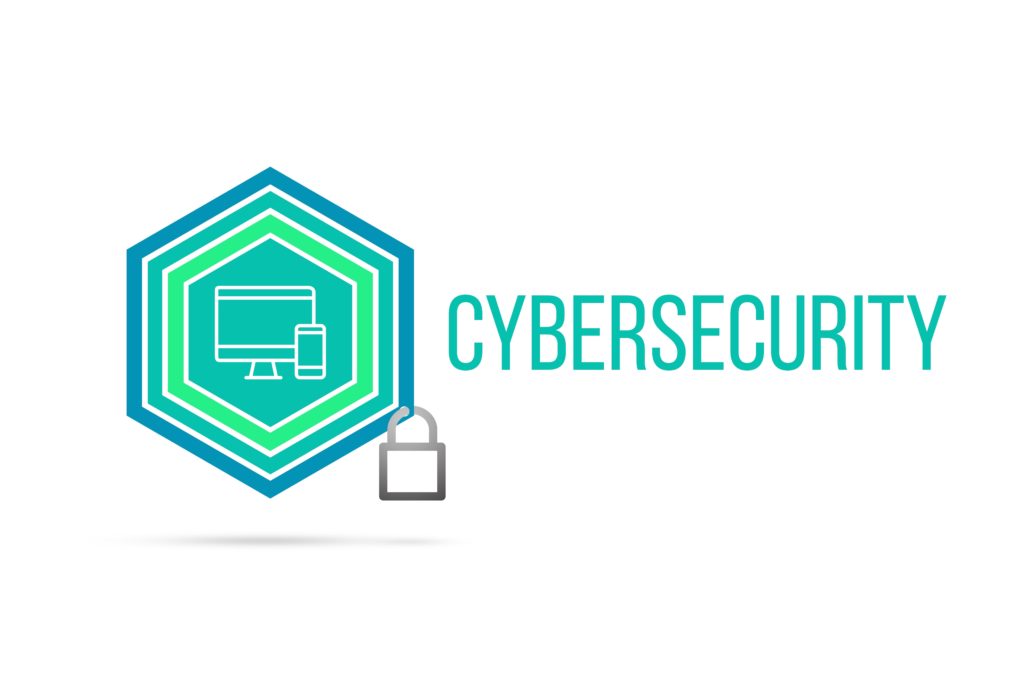Cybersecurity Trends in 2024 Battling Sophisticated Ransomware Threats
Cybersecurity Trends in 2024: Battling Sophisticated Ransomware Threats
Introduction
As the digital landscape undergoes constant transformation, the year 2024 unfolds with a myriad of challenges and opportunities in the realm of cybersecurity. In this era of unprecedented connectivity and technological innovation, the threat landscape is evolving, and cyber adversaries are becoming increasingly sophisticated. Among the plethora of cyber threats, ransomware stands tall as a formidable adversary, wielding new tactics and techniques. This article delves into the prevailing trends in cybersecurity for 2024, focusing on the relentless battle against advanced ransomware threats and the strategic measures organizations are adopting to safeguard their digital assets. From cutting-edge technologies to collaborative intelligence sharing, the cybersecurity landscape is poised for a dynamic shift in the quest for a secure and resilient digital future.
Rise of Sophisticated Ransomware
In 2024, ransomware remains a pervasive and evolving threat. Cybercriminals are employing advanced techniques such as double extortion, where they not only encrypt data but also threaten to leak sensitive information if a ransom is not paid. The sophistication of these attacks requires organizations to rethink and strengthen their cybersecurity strategies.
Advanced Threat Detection
To combat the escalating threat of ransomware, organizations are turning to advanced threat detection technologies. Machine learning, artificial intelligence, and behavioral analytics are being implemented to identify anomalous patterns and potential security breaches in real-time. These proactive measures aim to detect and mitigate threats before they can cause irreparable damage.
Cybersecurity Best Practices
In the face of evolving threats, adherence to cybersecurity best practices becomes crucial. Organizations are focusing on implementing robust cybersecurity frameworks that include regular software updates, vulnerability assessments, and network segmentation. By following these best practices, businesses can create multiple layers of defense, making it more challenging for ransomware attacks to penetrate their systems.
Regular Employee Training
Human error remains a significant factor in successful ransomware attacks. In 2024, organizations are placing a heightened emphasis on regular employee training programs to enhance cybersecurity awareness. Employees are educated on recognizing phishing attempts, practicing secure password management, and understanding the potential consequences of their online actions. By creating a security-conscious workforce, organizations can reduce the likelihood of falling victim to ransomware attacks.
Penetration Testing
To identify vulnerabilities before cybercriminals can exploit them, penetration testing has become an integral part of cybersecurity strategies. In 2024, organizations are conducting regular and thorough penetration tests to simulate real-world cyber-attacks. These tests help identify weak points in the system and allow for proactive reinforcement of defenses.
Collaborative Threat Intelligence Sharing
As cyber threats become more sophisticated, collaboration among organizations is key. Sharing threat intelligence and information about emerging threats enables a collective defense against ransomware attacks. Organizations, industry groups, and government agencies are fostering collaboration to enhance their ability to detect, prevent, and respond to cyber threats effectively.
Conclusion
In 2024, the cybersecurity landscape is defined by the ongoing battle against sophisticated ransomware threats. Organizations must adopt a multi-faceted approach, combining advanced threat detection, cybersecurity best practices, regular employee training, and penetration testing. Additionally, fostering collaboration and sharing threat intelligence will be crucial in building a resilient defense against the ever-evolving challenges posed by cybercriminals. As technology continues to advance, staying ahead of the curve in cybersecurity is not just a necessity but a strategic imperative for organizations worldwide.





.jpg)